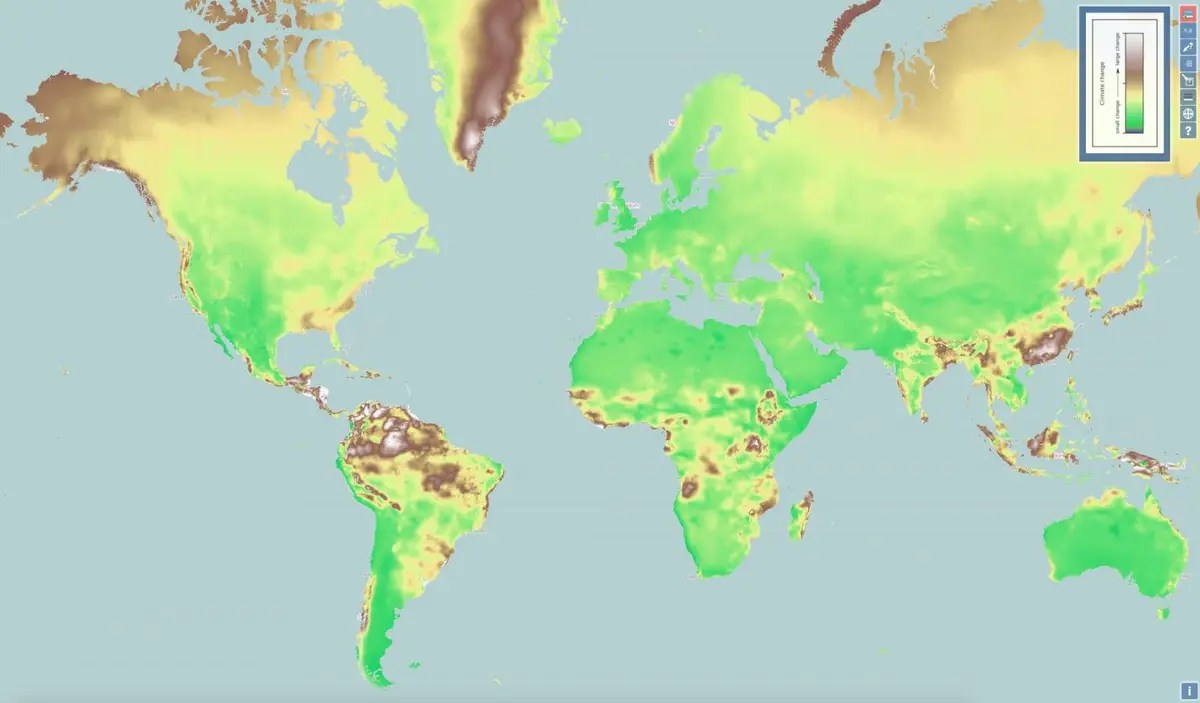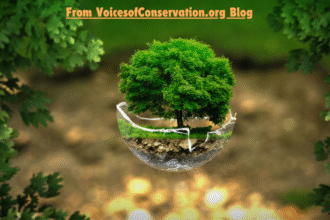Tourism has always danced to the rhythm of the seasons. Sunny skies, warm beaches, snowy slopes—the climate has long shaped when and where we travel. But what happens when the climate itself changes? We’re no longer asking if climate change affects tourism; we’re now exploring how it’s quietly redrawing the boundaries of what we consider must- see places.
From disappearing glaciers to heatwave-stricken cities, the destinations that once topped everyone’s travel list face new environmental realities. Simultaneously, lesser-known locales are emerging, offering milder weather, fewer crowds, and experiences untainted by the rapid overexposure of social media. The tourism map isn’t static—it’s shifting under our feet.
Escaping the Heat: A New Traveler Mindset
Record-breaking temperatures have scorched parts of Europe, Asia, and North America in recent summers. Tourists who once flocked to southern Spain or Rome in July now navigate closed attractions, heat advisories, and even wildfires.
The result? A slow but noticeable shift in where people choose to go. Cooler northern destinations like Scandinavia, the Scottish Highlands, and even previously overlooked parts of Eastern Europe are drawing in crowds seeking more temperate adventures.
Reykjavik and Oslo, once seasonal side trips, are now becoming primary summer stops.
This shift isn’t just about comfort—it’s about sustainability. Tourists are beginning to consider how the climate of a destination might impact not just their trip but the local ecosystem and infrastructure.
The Disappearing Wonders
Some of the most iconic landmarks of global tourism are becoming victims of their fame— amplified by climate pressure. The Great Barrier Reef is bleaching. Venice faces worsening floods. Himalayan glaciers are melting, destabilizing once-predictable trekking paths.
Travelers, aware that these wonders might not last forever, are accelerating their bucket lists. This “last-chance tourism” trend is seeing spikes in visits to fragile destinations, which paradoxically puts even more pressure on them. There’s a bittersweet urgency to travel today—people want to see places “before they’re gone,” even if that very act contributes to the decline.
This evolving mindset is prompting questions about what responsibility tourists have when visiting endangered sites. Should they offset carbon? Choose eco-certified tour operators, or should they skip these places altogether to reduce strain?
The Rise of Climate-Conscious Travel Hubs
As traditional hotspots face environmental strain, new destinations are rising—not just
because they’re trendy, but because they’re sustainable.
Slovenia, for example, has been internationally recognized for its green tourism policies. Costa Rica continues to lead in biodiversity-based travel that actively contributes to conservation. Meanwhile, Japan is promoting off-the-beaten-path regions to distribute tourism more evenly and protect its cultural heritage sites.
These emerging travel hubs offer more than just pleasant weather—they present experiences that align with a new kind of traveler: one who wants to enjoy the world without accelerating its destruction.
This approach is also sparking innovation. From carbon-neutral lodges to digital visitor caps, these destinations are experimenting with ways to offer tourism that doesn’t compromise the future.
When Travel Dates No Longer Make Sense
Historically, travel calendars were clear-cut: ski season in winter, beach season in summer, and foliage in fall. But climate change is blurring those lines. Resorts in the Alps are postponing openings due to lack of snow. Caribbean islands now grapple with unpredictable hurricane seasons. Spring blossoms come earlier or later, throwing festivals and tour schedules into disarray.
In response, travelers are adjusting—not just where they go, but when. Shoulder seasons (the months just before or after high season) are becoming the new peak. Travelers benefit from milder conditions and fewer crowds, while destinations enjoy extended economic activity.
This trend is redefining value for the travel industry. Flexible travel planning, adaptive local businesses, and real-time weather insights are becoming just as important as the views themselves.
Conclusion: Redefining What Makes a Place Desirable
The traditional markers of a good destination—weather reliability, scenic beauty, cultural intrigue—are being tested. As climate change reshapes the world, it’s also reshaping our travel values. In this new landscape, destinations that can adapt, preserve, and offer genuine connection will rise in appeal, even if they weren’t considered among the top tourist destinations in the world before.
In the years ahead, your favorite travel memory may not come from a postcard-famous beach but from a small town that kept its rivers clean, its culture authentic, and its climate gentle. Tourism isn’t dying—it’s transforming. And for the conscious traveler, that might be the most exciting journey of all.

















